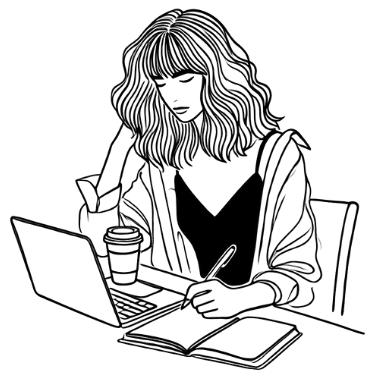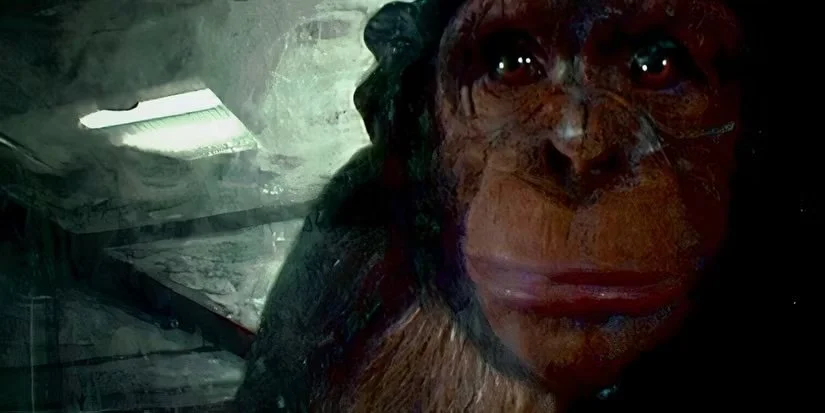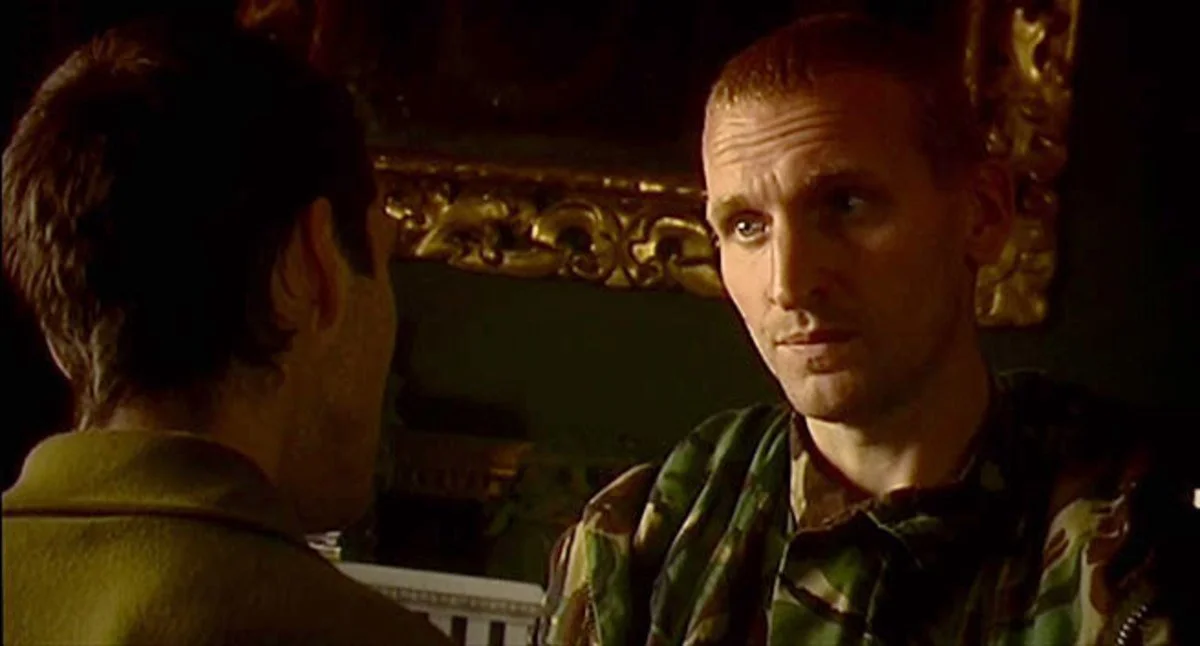28 Days Later — A Spoiler-Free Review for People Who Love Story
28 Days Later
— A Spoiler-Free Review for People Who Love Story —
One man stands alone in the heart of London—a city built on noise, now emptied. No cars. No crowds. Just absence. That’s how 28 Days Later begins, and from the first frame the film tells you its truth: the end of the world isn’t the horror. It’s what comes after.
This isn’t a recap. It’s a spoiler-free read on whether this film is worth your time—and a case study in why its storytelling still cuts. We’ll look at how Danny Boyle and Alex Garland build dread with restraint, how character choices carry theme, and how familiar spaces turn hostile without a single lore dump.
If you’re here as a writer, I’ll point to choices worth stealing.
If you’re here as a viewer, I’ll help you decide if this flavor of tension is yours.
“The end of the world isn’t the horror. It’s what comes after.”
TL;DR
A spoiler-free take on 28 Days Later: lean premise, movement-based structure, character revealed by decision, and atmosphere that turns the familiar hostile. Essential if you like tension over jump scares and stories where theme rides on behavior.
Writers: Watch how the film uses restraint and setting as pressure; the craft reveals itself on rewatch.
Skim notes
• Watch if: you crave character-first horror and slow-burn dread.
• Skip if: you want quippy dialogue or heavy myth-building.
• For writers: study restraint, movement design, and how ordinary spaces carry threat.
Premise (Spoiler-Free)
28 Days Later begins with a mistake: an act of defiance that cracks something open you can’t put back. The film doesn’t ask you to solve the outbreak; it asks you to live in the aftermath. Britain feels freshly abandoned: traffic lights changing for no one, shop windows staring into empty streets, a handful of survivors moving through a world where danger isn’t just the infected—it’s the unpoliced choices of the uninfected. This is less a monster story than a study of the social contract after the contract is gone: what people do when there’s no system to answer to and survival starts sounding like a moral all by itself.
Writer’s call: 🎞 Earns its reel.
Writer’s Notebook:
Commit to aftermath.
Keep lore sparse, consequences specific.
Let the premise ask a human question, not a technical one.
Story & Writing
This story moves in clear movements—awakening → emptied city → the road → the countryside.
Each shift isn’t just a change of scenery; it’s a new moral weather system. Stakes don’t simply escalate; they pivot. What endangered the characters before isn’t what endangers them next, and that keeps the film from feeling like one long chase.
The pacing trains you to live like the characters do: a held breath… then a rupture… then the numb afterglow where you process and prepare. That cycle repeats, not mechanically, but with intention. It builds dread without shouting, and when the film does raise its voice, you’re already braced wrong—so it lands.
Exposition is economical. The rules of the world arrive quickly and then get out of the way so decisions can carry the weight. The infected create pressure; human nature creates plot. You’re not asked to memorize lore—you’re asked to read behavior.
Conversations are purposeful. Not ornamental. When characters speak, it either moves the scene, reveals a boundary, or tests a belief. Much of the film’s character building happens in how choices are made, not in speeches about why.
Writer’s call: 🎞 Earns its reel.
Writer’s Notebook:
Design your story in movements, not just acts. Let each movement ask a new question.
Use the breath–rupture–afterglow cycle to pace tension.
Let decisions be your theme-delivery system. If the choice doesn’t change something, it isn’t a choice.
Characters
These characters aren’t explained to us; they’re revealed through what they do when the room tilts. Cillian Murphy gives the story its exposed nerve endings—every discovery lands on his face first. Naomie Harris is the film’s spine—precise, unsentimental, impossible to look away from. Brendan Gleeson and Megan Burns bring warmth without softening the edges; their scenes feel like borrowed light in a dark house. Christopher Eccleston is restraint weaponized—calm enough to chill a room.
We don’t get monologues that tidy up who these people were “before.” The script trusts behavior to do that work. A grabbed hand, a refusal, a line delivered too quickly or not at all. These are the little hinges that swing character open.
Tension isn’t just the infected pressing in; it’s the friction between survival styles. Caution vs. risk, compassion vs. control. Every pairing tests a different fault line. The film lets those frictions evolve, which is why the quieter scenes hum.
Performances feel right-sized to the stripped-down world. No theatricality, no winking. Boyle’s direction keeps reactions honest and unadorned, which is exactly why the sharp moments cut.
Writer’s call: 🎞 Earns its reel.
Writer’s Notebook:
Build character through decisions under pressure, not exposition.
Let conflicting survival philosophies create scene-level stakes.
Use micro-actions (a glance, a balk, a too-fast yes) as your richest subtext.
Atmosphere & Worldbuilding
The genius of 28 Days Later is that its world never feels invented—it feels reclaimed. Streets, homes, and landmarks we know are left standing, but hollowed of purpose. A traffic light keeps blinking for no one. A coffee cup sits half-finished on a counter. These quiet remnants are what make the apocalypse believable; they let us recognize the world before we realize it’s gone.
Boyle and production designer Mark Tildesley treat ordinary spaces like loaded props. There’s no grand set dressing, just small disruptions—tipped chairs, open doors, the wrong kind of silence. The result is realism that itches. You keep scanning the frame for movement that isn’t there.
The film’s atmosphere is built as much by sound as by image. The low hum of a city without people, a sudden scream two blocks away, the heartbeat thump that replaces a score during pursuit—it all constructs a geography of unease. Even the quiet feels alive, like the air itself is waiting.
The horror isn’t about spectacle; it’s about recognition. The familiar turned hostile. The places that once promised safety now feel like traps. Our world, dismantled piece by piece, until it no longer feels like it belongs to us.
Writer’s call: 🎞 Earns its reel.
Writer’s Notebook:
Use ordinary details to anchor extraordinary events.
Treat sound and stillness as part of your setting.
Make the familiar strange—it’s the quickest way to empathy and unease.
Cinematography & Technicals
When 28 Days Later was shot in 2002, digital video wasn’t a prestige choice—it was a budget one. But Danny Boyle and cinematographer Anthony Dod Mantle turned that limitation into language. The footage has a grain and immediacy that film stock would have softened. It feels documentary-raw, as if we’re watching a world already contaminated through the camera itself.
The team famously filmed in London at dawn, closing major streets for mere minutes at a time before the city woke. Those fleeting, emptied shots are what give the movie its pulse of disbelief—how can something so normal look so wrong? The trick wasn’t scale; it was timing. Every frame sells absence as action.
The cuts are jagged by design. Long, static observation suddenly fractures into handheld panic, then dissolves back to stillness. That rhythm becomes a kind of breathing pattern for the story—anxiety, release, reckoning. You feel time dilate and contract like the characters’ pulse rates.
Composer John Murphy threads through it all with restraint. His piece “In the House – In a Heartbeat” grows like a storm on the horizon—soft, then suddenly absolute. The music never instructs emotion; it echoes it. And Boyle’s use of silence is as deliberate as the noise. The absence of score becomes a character in itself.
Writer’s call: 🎞 Earns its reel.
Writer/Filmmaker Notebook:
Let constraint define style; choose texture over polish.
Match editing rhythm to your story’s internal pulse.
Use sound and silence as moral temperature, not background filler.
Is This For You?
If you want wall-to-wall jump scares or a lore dump you can wiki later, this isn’t that. 28 Days Later prefers sustained tension over loud punctuation, and it lets human choices carry the weight. First watch, it hits like a gut punch—immediate, disorienting, intimate.
Second watch, the architecture shows: movements snapping into place, restraint doing more work than exposition, setting behaving like pressure.
If you’re a writer, it’s a clinic in less said, more meant—structure in movements, character revealed by decision, atmosphere doing character work. If you’re a viewer, it’s a lean, unnerving survival story that lingers for the questions it leaves behind, not the monsters it shows.
The Final Reel
Tallying the sections: 🎞🎞🎞🎞🎞 — 5 out of 5 reels.
We opened on a man standing in the center of London, a city reduced to absence. We end with the question the film keeps pressing: when the rules are gone, what part of you remains? Is humanity conditional? That’s why 28 Days Later endures. It refuses to let horror be just horror—it insists on the human, even when humanity falters.
Until next time, keep writing, stay restless.
Join the Conversation
Which “movement” hit you hardest—awakening, empty city, road, or countryside—and why?
Where did the familiar feel most hostile to you?
Writers: what’s one place you could trade exposition for a decision on the page in your current draft?





